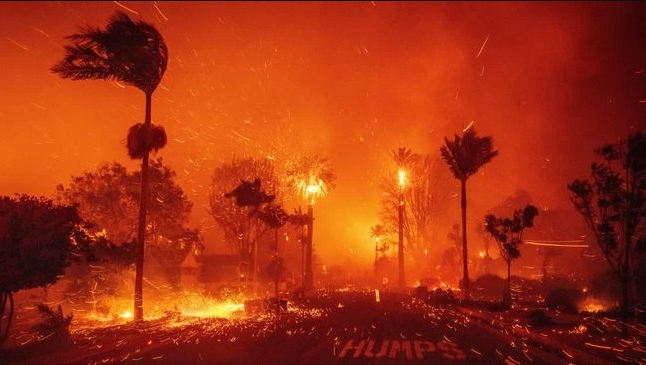Top 10 Materials to Avoid in Wildfire Zones
When preparing your home for a wildfire, one of the most important steps is selecting the right building materials. Unfortunately, not all materials are created equal, and some can increase the vulnerability of your home during a wildfire. This blog will outline the top 10 materials to avoid in wildfire zones, helping you make informed choices when protecting your home.
Understanding Ember Attacks and How to Protect Your Home from Wildfire Embers
Learn how ember attacks ignite homes during wildfires and what you can do to protect your property. This blog covers strategies for preventing ember damage, including home hardening, landscaping, and fire-resistant materials.

